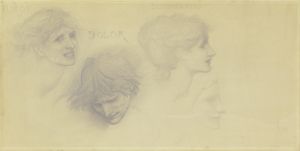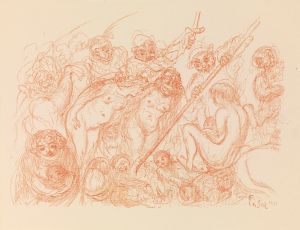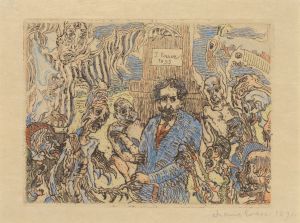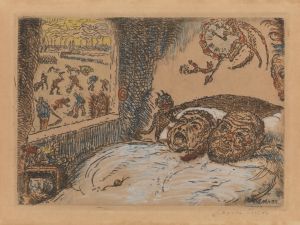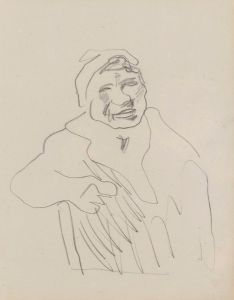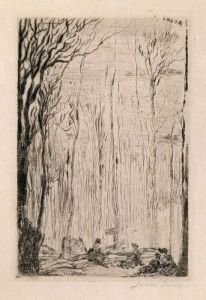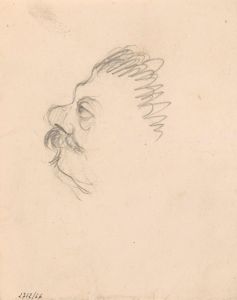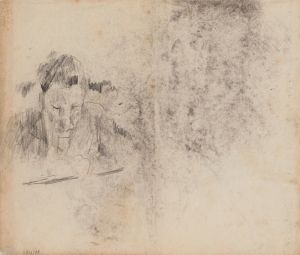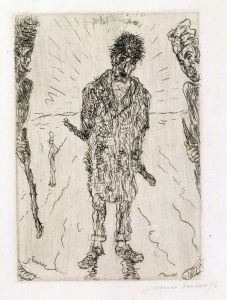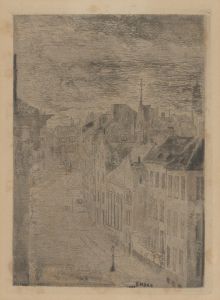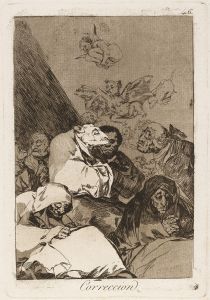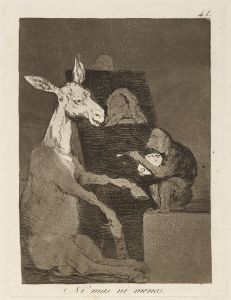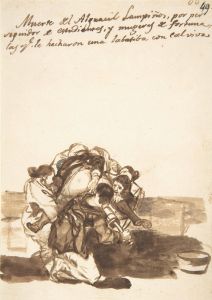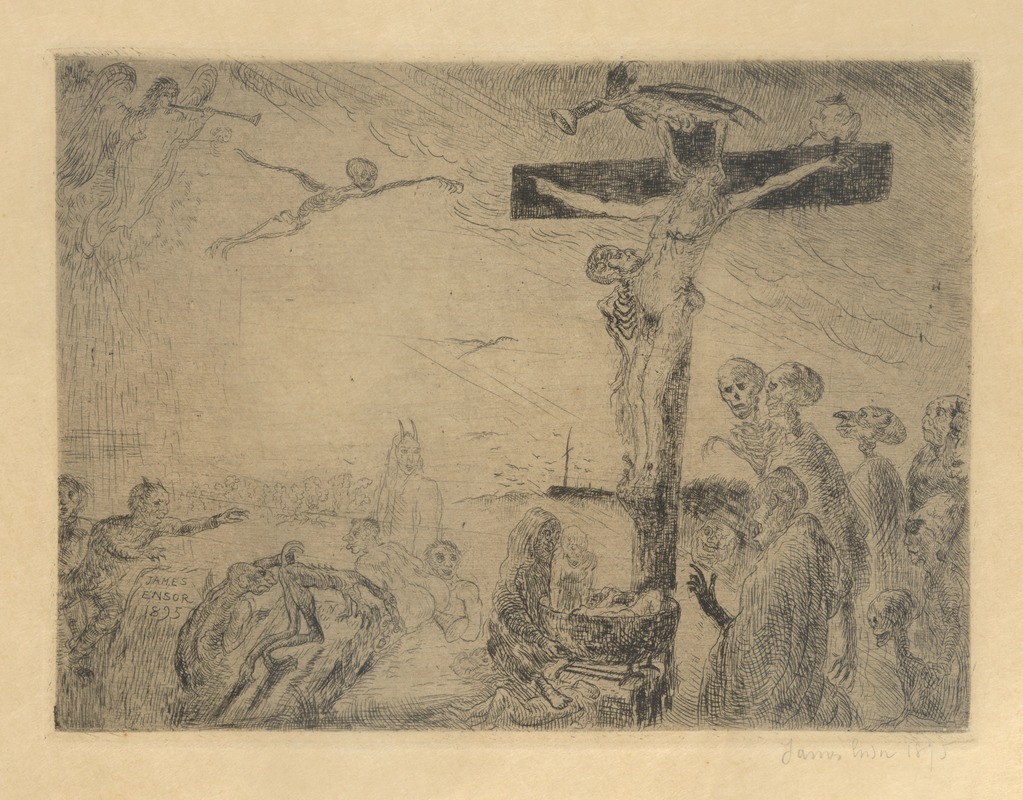
Christus door duivels gekweld
A hand-painted replica of James Ensor’s masterpiece Christus door duivels gekweld, meticulously crafted by professional artists to capture the true essence of the original. Each piece is created with museum-quality canvas and rare mineral pigments, carefully painted by experienced artists with delicate brushstrokes and rich, layered colors to perfectly recreate the texture of the original artwork. Unlike machine-printed reproductions, this hand-painted version brings the painting to life, infused with the artist’s emotions and skill in every stroke. Whether for personal collection or home decoration, it instantly elevates the artistic atmosphere of any space.
James Ensor's painting "Christus door duivels gekweld," translated as "Christ Tormented by Devils," is a significant work within the oeuvre of the Belgian artist, renowned for his unique style and thematic exploration of religious and fantastical subjects. Ensor, born in 1860 in Ostend, Belgium, was a pivotal figure in the Symbolist movement and later influenced the Expressionists. His work often delved into themes of satire, the grotesque, and the macabre, reflecting his critical view of society and its institutions.
"Christ Tormented by Devils" is emblematic of Ensor's fascination with religious imagery, a recurring motif in his art. The painting depicts a chaotic scene where Christ is surrounded and tormented by a host of grotesque, devilish figures. This imagery is consistent with Ensor's tendency to juxtapose sacred and profane elements, creating a tension that challenges traditional religious iconography. The devils in the painting are rendered with exaggerated, almost caricature-like features, a stylistic choice that Ensor frequently employed to critique and mock societal norms and hypocrisies.
Ensor's use of color and composition in this painting is noteworthy. He often employed vibrant, sometimes jarring colors to enhance the emotional intensity of his works. In "Christ Tormented by Devils," the palette likely contributes to the sense of chaos and turmoil, drawing the viewer into the psychological and spiritual conflict depicted. Ensor's brushwork, characterized by its expressiveness and dynamism, further amplifies the unsettling atmosphere of the scene.
The painting reflects Ensor's complex relationship with religion. Although he was raised in a Catholic environment, Ensor frequently questioned and critiqued religious institutions through his art. "Christ Tormented by Devils" can be interpreted as a commentary on the suffering of Christ, not only as a religious figure but also as a symbol of the misunderstood artist, a theme Ensor identified with personally. This interpretation aligns with Ensor's broader artistic narrative, where he often positioned himself as an outsider, at odds with the mainstream art world and societal conventions.
Ensor's work, including "Christ Tormented by Devils," was initially met with resistance and criticism due to its unconventional style and provocative subject matter. However, over time, his contributions to modern art have been recognized for their originality and influence. Ensor's ability to blend humor, horror, and social critique has cemented his place as a pioneering figure in the transition from 19th-century Symbolism to 20th-century Expressionism.
Today, "Christ Tormented by Devils" is appreciated not only for its artistic merit but also for its insight into Ensor's personal and philosophical preoccupations. The painting is a testament to his skill in using art as a medium for exploring complex themes of faith, suffering, and the human condition. Ensor's legacy continues to be celebrated in museums and galleries worldwide, where his works are studied for their innovative approach and enduring impact on the trajectory of modern art.





